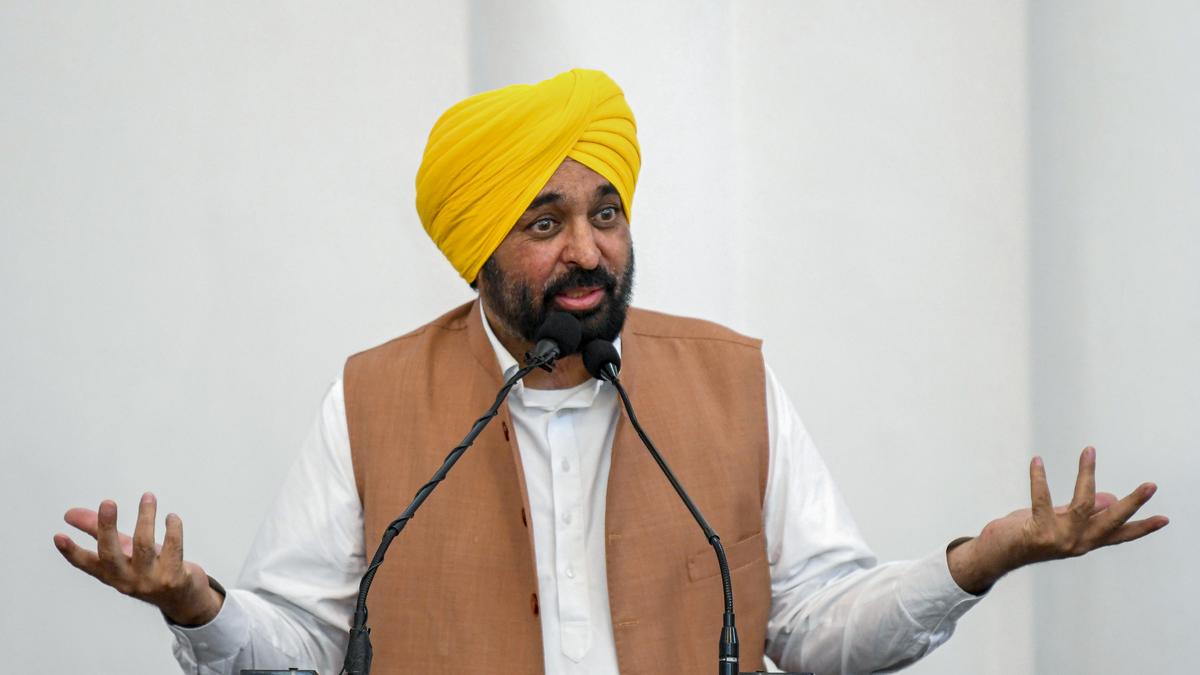Now Reading: Coimbatore Blast Fugitive Lived as Karnataka Trader for 29 Years
-
01
Coimbatore Blast Fugitive Lived as Karnataka Trader for 29 Years
Coimbatore Blast Fugitive Lived as Karnataka Trader for 29 Years
Speedy Summary
- Arrest of Fugitive: Tamil Nadu police arrested Shahjahan Shaik alias ‘Tailor’ Raja, 50, in Vijayapura, Karnataka. He is a key accused in the 1998 Coimbatore bombings and communal murder cases.
- Background: Raja was an alleged member of the banned extremist outfit Al Ummah and lived under various identities across locations for 29 years. He had settled as a chilli commission agent in Vijayapura with his second wife and children while maintaining a low profile.
- Crimes & Legal Status: Raja has been wanted since 1996 for two communal murders, including the killing of prison warder Boopalan in Coimbatore (1996) via molotov cocktails. He was also implicated in serial bombings that shook Coimbatore in 1998.
- Police Action: A special team from the Tamil Nadu Police Anti-terrorism Squad traced him through intelligence efforts but found no incriminating materials during house searches. Raja had reportedly secured documents like Aadhaar under his assumed identity.
- Proclaimed Offender Status: In November 2022, he was declared a proclaimed offender by Coimbatore’s Third Judicial Magistrate Court.
Read more: Link
Indian Opinion Analysis
The arrest of Shahjahan Shaik highlights meaningful advancements by Indian authorities too track long-term fugitives who evade justice using forged identities. This case underscores challenges faced by law enforcement-requiring decades-long vigilance to close gaps on elusive criminals linked to grave incidents such as terror attacks and communal violence.
the implications revolve around robust intelligence networks essential for tackling threats from dormant yet potentially active extremist elements embedded deep within society.Though, given that no radical links or materials were found during the arrest operation suggests potential deradicalization or cessation of previous activities over time-a complex consideration amidst security narratives surrounding fugitive offenders.
In broader terms for India’s internal security apparatus, this result indicates both capability gains and limitations where systematic follow-through strategies serve vital roles against terrorism’s hidden layers extending over generations.
Read more: Link

























